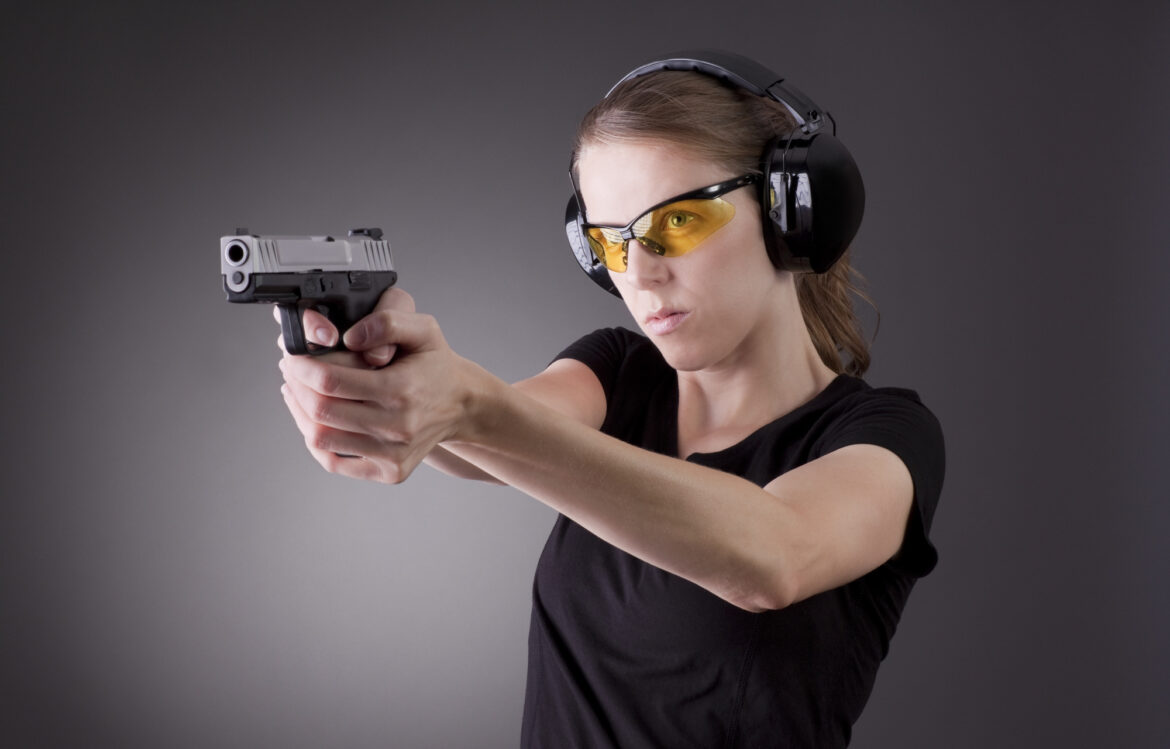Are You Buying Your First Handgun? 10 Tips for Newbies
Guns are the most useful weapons to protect you and your family in the face of danger. The majority of Americans own a gun for protection purposes. However, there’s a lot of responsibility that comes with owning firearms.
If you’ve decided to get your first handgun, this guide will help you through. Here are ten tips you need to remember as you purchase your first ever handgun.
1. Do Your Research
Before selecting your first handgun, you need to do your homework first. Look at your state’s gun laws to avoid owning an illegal firearm. In the US, each state carries the power to decide on whether they’ll issue gun permits.
There are generally two ways to carry guns: concealed and open. A reputable gun seller will also tell you whether you’re legal to buy a handgun.
Aside from checking the legality, you also need to do your research on the gun itself. Get to know the basic parts of a handgun and how to wield it. Check online or talk with friends to get first handgun suggestions.
2. Try Before You Buy
Although you’re asking for a first handgun recommendation, it’s best to try it in person. The best handgun in the market may not fit your needs or it may not be the right one for you. Your first handgun should be comfortable for you to handle and hold.
Compare how one handgun feels compared to the others. Consider the weight, look, grip, and trigger. Ask whether you can try the gun out in a shooting range to get a feel of the gun before purchasing.
When you’ve decided on one, consider trying out Credova and firearm financing. This is a third-party service that can give you many financing options. Investing with Credova financing when getting your first handgun.
3. Learn the Basic Shooting Stance
Proper stance plays a huge role in your recoil dampening and maximum gun control. There are three main types of stances: Weaver, Chapman, and Isosceles.
The Weaver stance has the non-dominant leg in front of the dominant leg. Your toes should point forward with your firing-side arm extending forward. The supporting arm will be slightly bent as it holds the front of the grip.
The Chapman stance is very similar to the Weaver stance, but your face is closer to your arm. Your cheek leans more to your shooting arm for better vision and targeting. Your shooting arm is also fully locked with your support arm bending downwards.
The last stance gets its name from your chest and arms forming an isosceles triangle. Both arms are fully extended while the gun stays at chest level. Your feet stay side-by-side as you lean forward and bend your knees.
4. Invest Your Time in the Range
After studying gun basics, you should practice shooting and holding the gun. As the saying goes, “practice makes perfect.” Make it a habit to practice often, so you’ll feel more comfortable using your handgun.
5. Get to Know Your First Handgun
To maximize the potential of your handgun, you need to familiarize yourself with it. Study its components and how to reassemble plus disassemble the handgun.
Learn which components will likely malfunction and how you can fix them. You also have to get to know the gun’s ammunition, capabilities, and full range. It’s also best that you learn how to clean the gun for the best optimal firing conditions.
6. Always Unload the Gun
There’s a run in the gun community that you have to remember, “handle your gun as if it’s always loaded.” There’s a higher risk of gun accidents when you leave your gun loaded. Whenever your gun is not in use, it’s smart to remove the ammo.
If you’re in a survival situation, make it a habit to place your finger away from the trigger. Only put your finger on the trigger and point to shoot when you have your target.
7. Study How to Grip the Handgun
When you shoot a gun, there’s typically a backward force that may hurt you. Without the proper grip, the handgun will make or break your overall control of the recoil.
The best way to hold a handgun is to keep your wrist and arm straight. It’s harder to resist the recoil if your wrist and hand are not aligned.
When gripping the handgun, you want to place your hand as high as possible. Be careful that your hand doesn’t get in the way of the slide. Then, use your dominant hand to support and cover around your dominant hand.
8. Safety First
Ear and eye protection are important safety gears that you need before shooting your gun. Firearms employ a controlled explosion, which can injure your soft tissues.
Eye protection prevents any cartridges and gun powder from getting in your eyes. While ear protection gear blocks the loud gunshots that can cause hearing loss. You can also use a suppressor to minimize the sounds from your gun when shooting.
9. Properly Store the Gun
Proper storage is essential for your gun’s lifespan and your family’s safety. One thing to consider is environmental factors like dust, oil, and humidity. These factors can rust, tarnish, or corrode your gun without a proper safety vault.
When it’s time to store your gun, separate the ammo before placing it in storage. If you’re scared of break-ins, simply store the ammo near the gun for quicker reloads.
10. Know Your Eye Dominance
Aside from your posture and grip, your eyes are essential for targeting and aiming. Make sure you know which eye is more dominant before practicing shooting. Most people have their dominant eye matching their dominant hand.
The easiest way to find out which eye is dominant, create a triangle with your forefingers and thumbs. Center the triangle on a certain distant object and close your left eye.
If the object stays centered in the triangle, then your right eye is dominant. If the object is not framed by your hands, then your left eye is the dominant eye.
Keep These Tips in Mind for the Best First Handgun Experience
Shooting in a life-or-death scenario can get to your head. Practice a lot with your first handgun and make it a habit to place safety first.
Get to know more about handguns and other types with our guides. We have more information that you may want to know when using firearms here on our blog.




